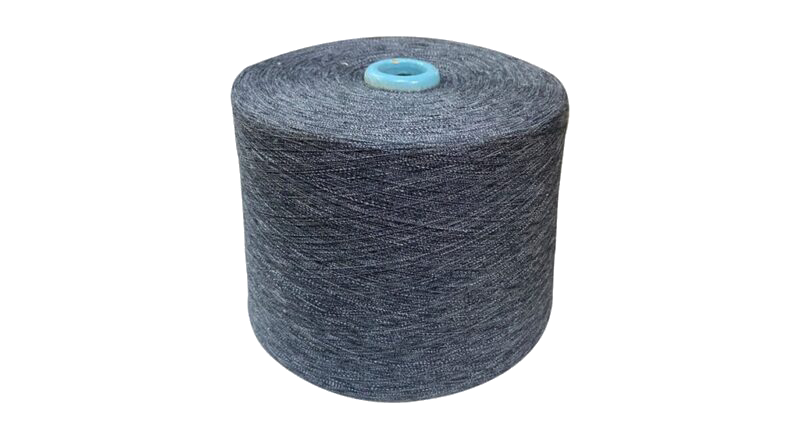Twisted yarn, also known as double yarn, has two or more strands twisted together to create one piece of thread. In this article, we’ll come to know what twisted yarn is and its production. The term twist should be understood before proceeding towards different types of twist orientation, a number of yarn twists, and the process of yarn twisting.
The term yarn twist can be explained as to make it; the workers twist the fiber around the yarn axis. The twisting creates strength in the yarn, as strength depends on twists. The higher twist yarn leads to the production of greater power in it. Twisted yarn is also known as mock twist yarn.
Factors Affecting the Twisting of Yarn
The twisting process of yarn is affected by the following factors. These factors affect the appearance and strength of the yarn.
- Twisting pattern
- Number of twists in each turn
These are the key factors that make up the spiral system in textile technology.
1. Types of Yarn Twist
The direction of twist leads to the development of two types of orientation:
S-Twist Yarn
In the S-twist, the individual filaments appear in the diagonal of S, and the yarn is vertical. When there are several yarns combined twist appears in the diagonal of the letter S.
Z- Twist Yarn
In this case position of yarn is vertical, and filaments arrange themselves in the diagonal of Z. In the combination of multiple threads, the twist appears in combined form in the diagonal of the letter Z.
2. Twisting Process
There are different ways by which yarn twisting is done in the textile industry for textile fibers production. The different types of thread orientation in cloth affect the appearance of the fabric. Some of them are given below:
Strong twisting
The pretty twisted yarn has strength, elasticity, and a better physical structure of the thread.
Weak twist
The process of weak twisting involves the weaving of cotton and nylon separately on yarn. When threads are formed after spinning, it creates softness and strength in the fabrics.
Reverse twist
This process is complex, but it creates stronger yarn in the spinning process. It is called as yarn spinning process or reverses twist yarn.
Uses of Twisted Yarn
Although twisted yarn and its uses have not changed over time, specifically, from tying fishing knots to making cloths, one can use twisted yarn for multiple purposes.
Its affordability and durability make it an ideal yarn to produce long-lasting fabric. The color, shapes and give the effects of shines, refraction, and loops.
Various plants have produced twisted yarn fabric that is completely useful in making high-quality items in the fashion industry.
Benefits of Twisted Yarn
One of the main benefits of twisted yarn is that it’s solid and durable. The twist helps to lock in shape and stops your knit fabric from stretching out of the body. The materials used in these yarns can give strength and improvement to the fabric, and you can wash it again and again without losing its original texture.
Conclusion
Twisting yarn is a must to make a more robust product, and people have been using it for many years in different countries. The manufacturing companies are making high-quality yarns of different textures, colors, and shapes to add more value to the industry. We our yarn manufacturer and supplier too and deliver worldwide.

